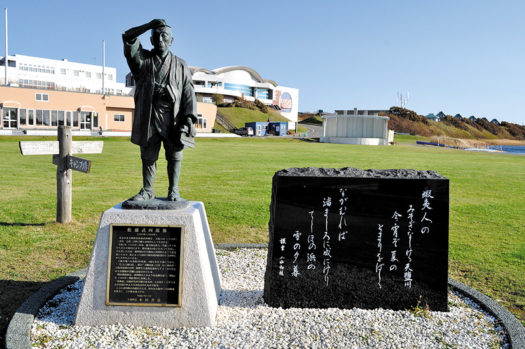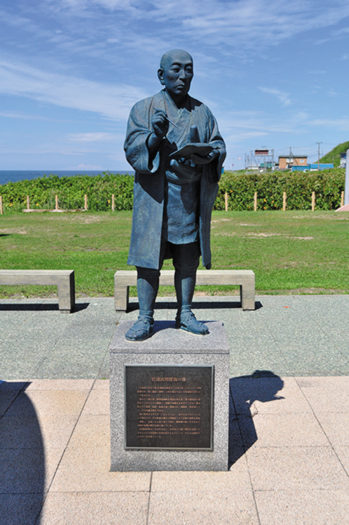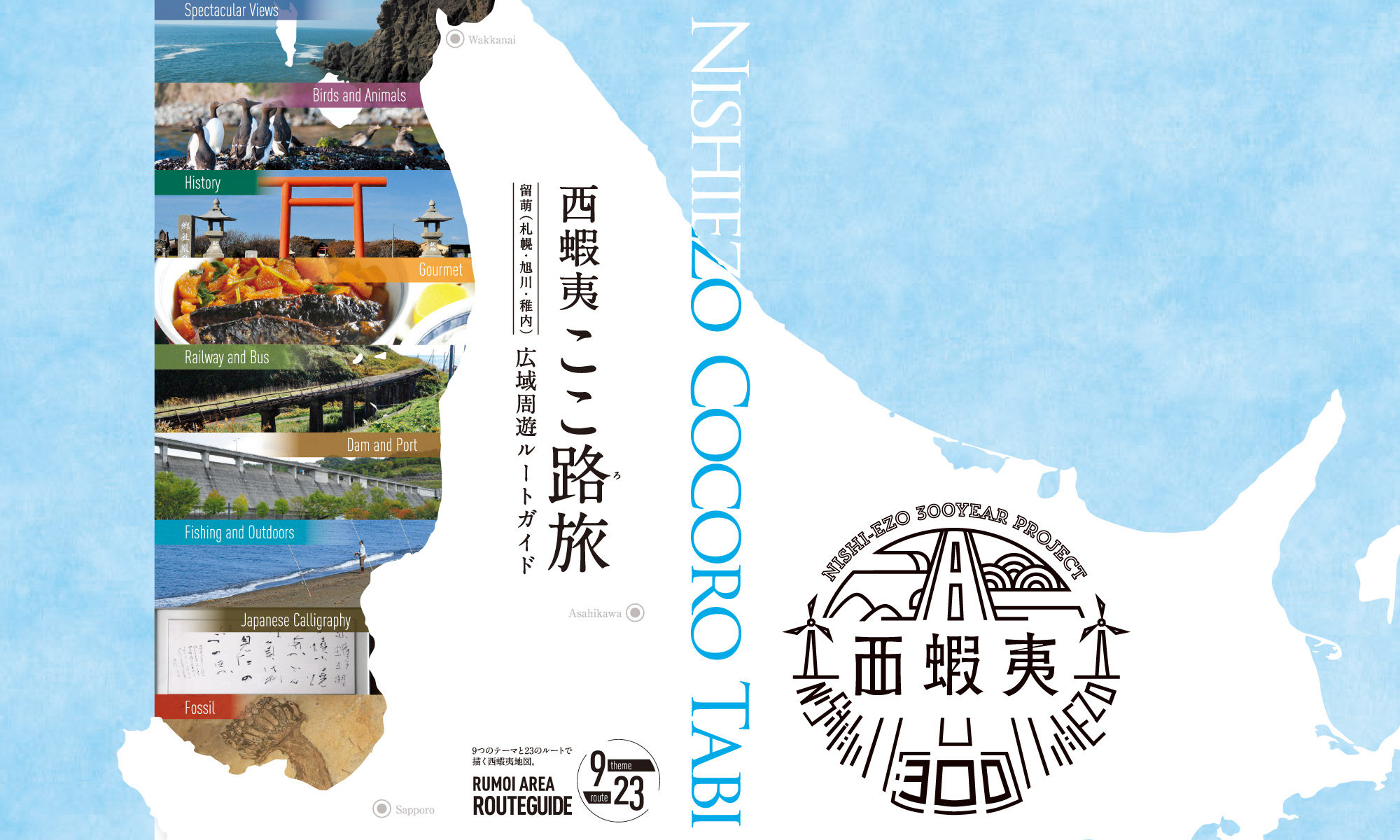Nishi-Ezo and Matsuura Takeshiro
The man who paid tribute to the Ainu through the name “Hokkaido”
At the time when Hokkaido was commonly known as Ezochi, the region along the Pacific coast which stretches from Matsumae to Kushiro and Nemuro was known as Higashi (east) Ezo, and the area which stretches from Kaminokuni and Esashi along the coasts of the Northern Japan and Okhotsk seas, was known as Nishi(west)-Ezo .
The travel journal “The Geographical Map of East and West Ezo Mountains and Rivers”, which Matsuura Takeshiro recorded during the explorations he made on foot from 1856~1858, was compiled into the “Nishi-Ezo Journal”. There are 6 known volumes and the area which includes what is now Mashike, and through to Tomamae, is recorded in the 6th volume.
Matsuura Takeshiro was born in February of 1818 in Ise Province (currently Mie Prefecture). He grew up to become an active explorer at the end of the Tokugawa shogunate regime. He worked independently from age 28 to 52, and then later as an official in the shogunate. He possessed an insuppressible sense of curiosity and explored every corner of Nishi-Ezo. He recorded detailed information and reported it to the shogunate which aided in advancing the defense of this region. After the Meiji Restoration, he was appointed to the land development bureau and was consequently involved in the naming of various regions, one of which is the name “Hokkaido”.
As Takeshiro journeyed through each region of Hokkaido, he noted and recorded countless occasions of unfair treatment towards the Ainu people and bore ongoing concerns for their welfare. The name “Hokkaido” stems from a story he heard from an Ainu elder who he met during his survey of the Teshio river. Beyond his role as an explorer, Takeshiro served as a bridge of understanding between the Japanese and Ainu people.
It has been 150 years since Takeshiro coined the name “Hokkaido”. A journey to follow the footsteps of his achievements would certainly be a memorable one!

⑦Statue of Takeshiro Matsuura(7476 Sarakishi, Teshio)
Kagaminuma (Mirror Lake) Seaside Park

㉒Statue of Takeshiro Matsuura(35-2 Onishika Hirotomi, Obira)
A Commemorative Park to the History and Culture of Herring Fisheries
Sites Commemorating Matsuura Takeshiro
ⒹPlace where Takeshiro Matsuura coined the name “Hokkaido”(Riverbed of the Teshio River Monomanai, Otoineppu)
“The people born of this land are called Kai.” This comment from an Ainu elder inspired Takeshiro to name this region “Hokkaido”
①Sakokaishi Shelter Area for Teshio River Exploration(Estuary of Sakukaeshi River Sakukaeshi, Teshio)
Takeshiro stayed at this location on the first day of his survey of the Teshio region. Details of this location are recorded in the journal section on Teshio. There is a guide plate to mark this spot within the multipurpose sports park. There are also many other locations along the river where Takeshiro is said to have stayed.
㉕Monument to honor Takeshiro Matsuura(Bouyo Park Omachi, Rumoi)
Takeshiro sketched the scene of trade operations he observed as stood on this spot here in 1856. This sketch, which is recorded in the 6th volume of his Nishi-Ezo Journal, is carved into this commemorative monument.
㉙Monument of Takeshiro Matsuura Passing Over Nobusha(Hikobe Bridge Hikobe, Mashike)
It is recorded that Takeshiro walked through the mountains starting from Itaibetsu in Ishikari (currently known as Uryu), past Nobusha and on to Mashike during his explorations in 1856. His path follows what is now Hokkaido Route 94 (Mashike-Inada line)

